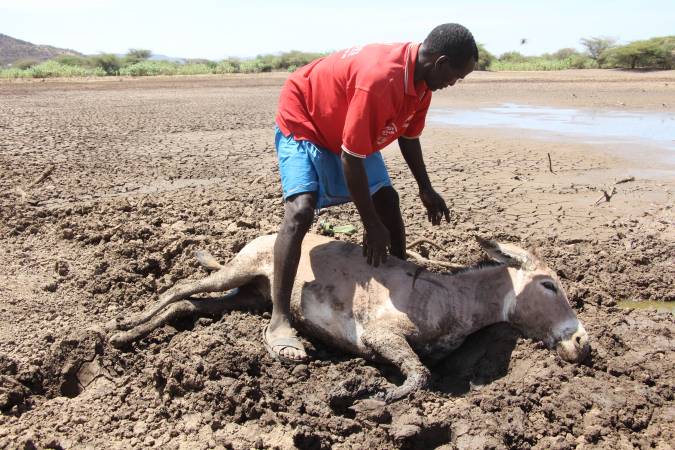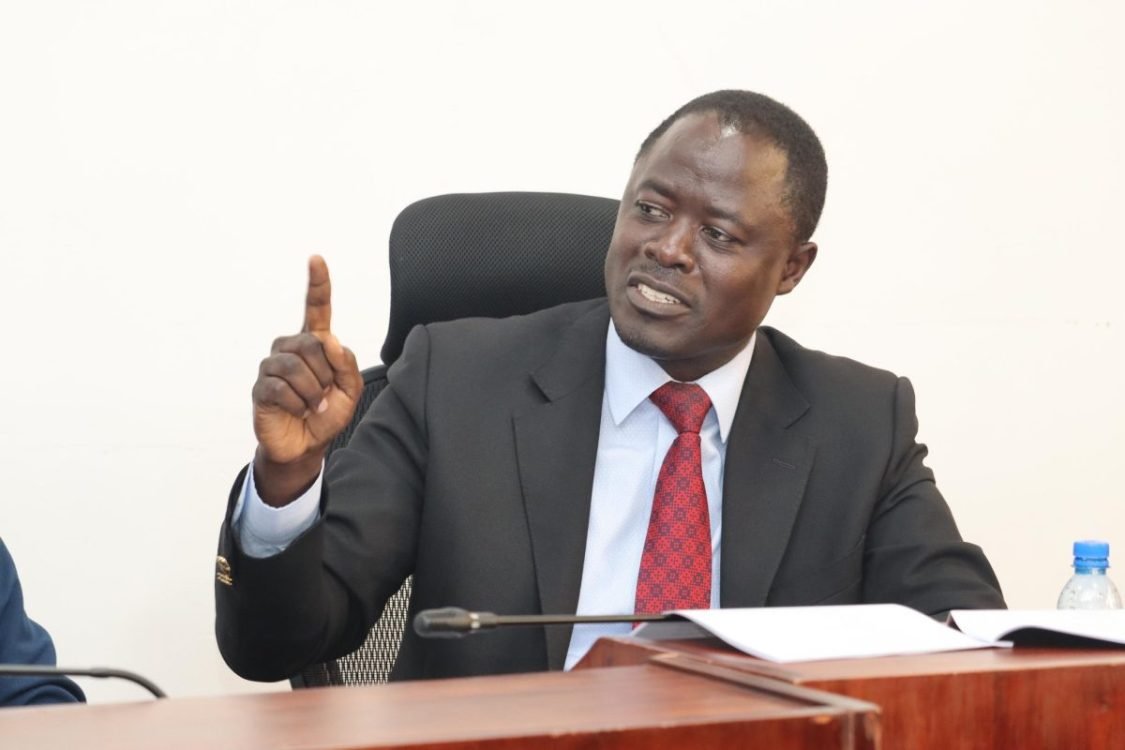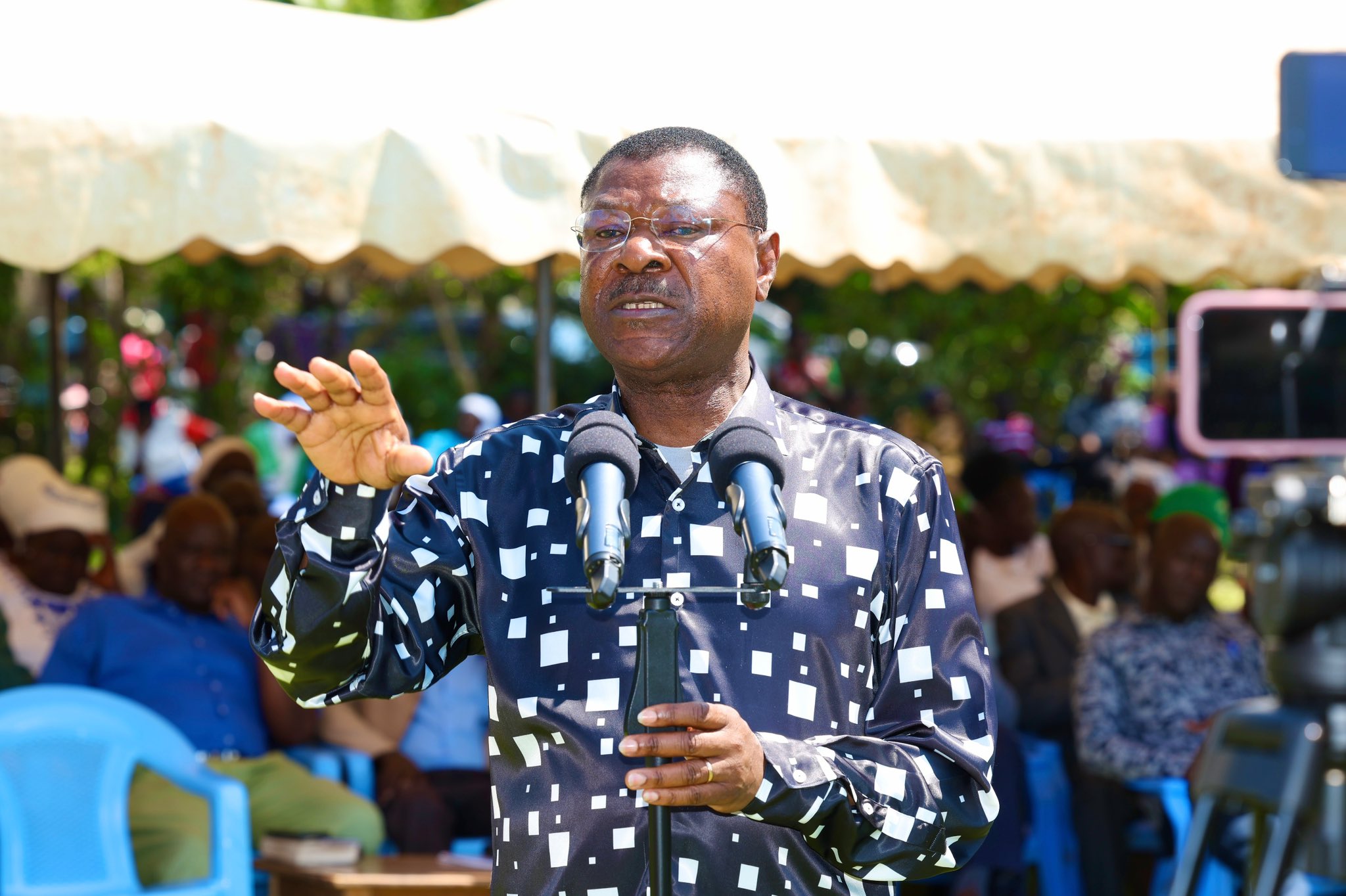Starvation looms in twelve counties as drought persists

National Drought Management Authority (NDMA) has sounded the alarm over the ongoing drought in various parts of the country with at least 12 arid and semi-arid counties worst hit.
In a report capturing the prevailing conditions in the 47 counties, NDMA describes the situation in Wajir, Mandera and Isiolo counties as dire saying residents are in need of humanitarian assistance to avert deaths.
The report backed up by satellite images, showed that residents in the three counties, who rely on livestock for a living, are staring at starvation because of lack of water and pasture for their animals.
The month of January 2022 showed alarming deterioration in the condition of vegetation in the arid and semi-arid counties (ASAL) compared to December 2021, the report says.
“The deteriorating trend was due to below average short rains… Eldas and Wajir West sub counties are in extreme vegetation deficit band hence in dire need of humanitarian assistance,” it says.
The report presented by Boniface Naukot, the Hunger Safety Net Programme (HSNP)
Operations Manager during a workshop for journalists in Naivasha, also placed nine counties on the watch list.
These are Baringo, Kilifi, Kwale, Laikipia, Mandera, Narok, Samburu, Turkana and West Pokot counties where vegetation has been wiped out by the dry spell.
“They are in moderate vegetation deficit hence the need for close monitoring and response plans,” Naukot said.
Marsabit county recorded a severe vegetation deficit during the month of January which is a deteriorating trend compared to the previous month, he said.
There concerns that locals are already losing their animals to severe dry spell.
The official said they recently finalised compiling a list of households in need of assistance in the drought hit counties noting that NDMA is charged with the overall coordination of all matters relating to drought risk management.
“We have established committees in place in the affected areas where the communities pick their representatives… these cushions the entire process from potential exclusion or inclusion,” he said.
He stated that one of the mandates of the committees include removing non-deserving persons or adding those they deemed most deserving.
“We have a confidence level of 95 per cent in our list and even when he took it back to the community they were able to change only about five per cent,” he said.
NDMA is also charged with providing mitigation measures such as provision of food rations to households affected by drought either on its own or in conjunction with other stakeholders.
With offices in 23 ASAL counties, the agency, Naukot said, works round the clock to provide short-term and long-term plans on food security, sustainability and drought management in the country.
The United Nations says three million people living in the Eastern part of the country are in dire need of food aid. The international body also paints a grim picture on the food situation in the region noting that more than 500,000 children are suffering from malnutrition.
Grim picture
However, it is not all gloomy as some counties such as Embu, Tharaka Nithi, Kitui, Makueni, Meru and Nyeri recorded above normal rainfall in January, therefore, presenting a sigh of relief for locals.
At the same time, Malteser International, an international humanitarian organisation, has raised the red flag over the drought situation in North Horr, Marsabit county.
The ongoing drought has exacerbated the insecurity in the affected counties with sporadic attacks being witnessed in parts of Isiolo, Laikipia, Baringo, Samburu and Kerio Valley in Elgeyo-Marakwet as communities fight for sparse pasture and watering points.
“The situation in North Horr in Marsabit County, for example, is appalling. Many families have already lost a large part of their livestock,” said Roland Hansen, Head of the Africa Department of Malteser International.
“They don’t know what to eat anymore. The small children can’t be provided with milk from the cows and goats and the need is huge,” he says.
“There have always been droughts in these areas, but they are occurring more and more frequently as a result of climate change,” he added.
In a report published by reliefweb.int, Hansen said that Malteser International is going to “provide emergency aid for the next three months and regularly send tank trucks with drinking water for about 4,000 people to the affected areas.”









